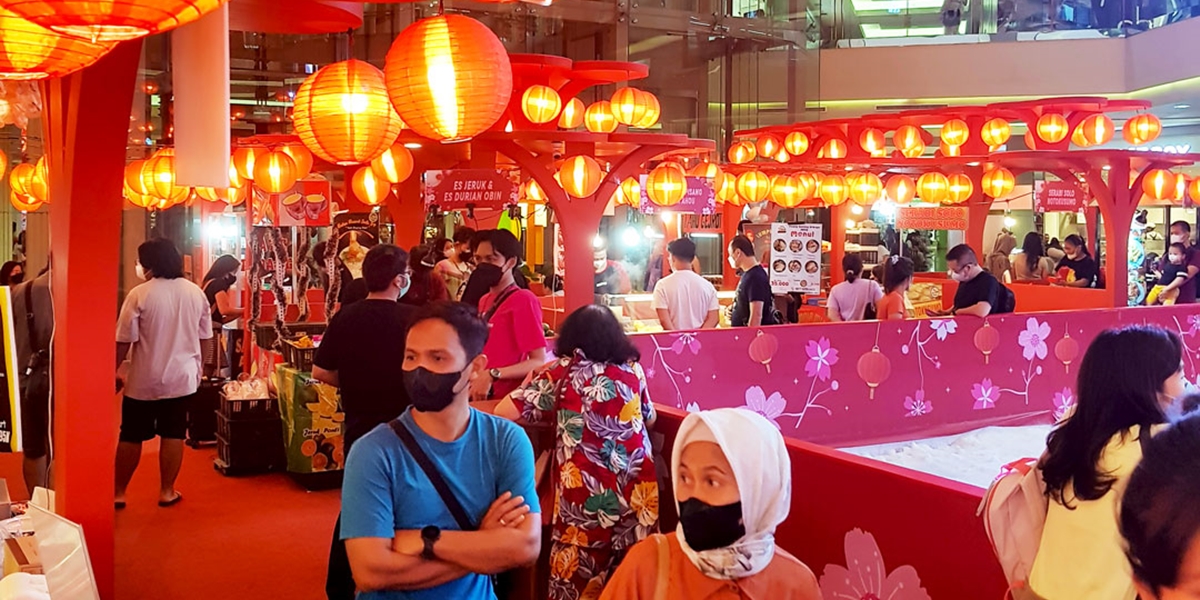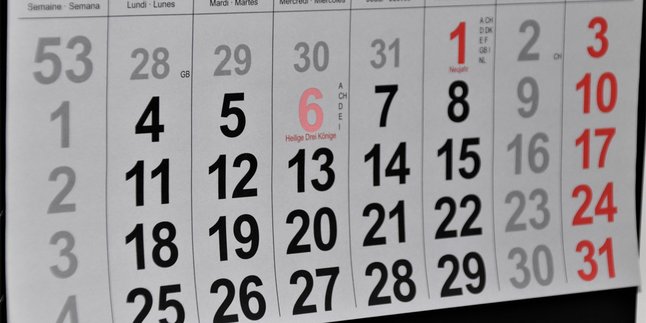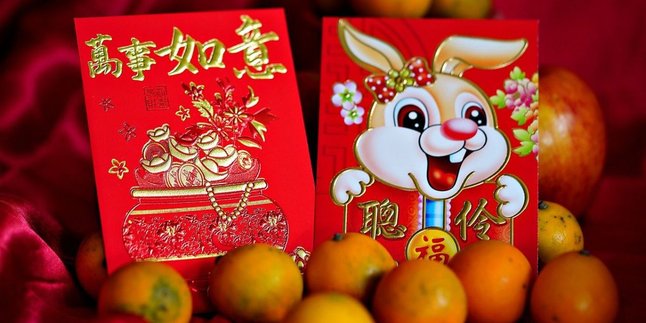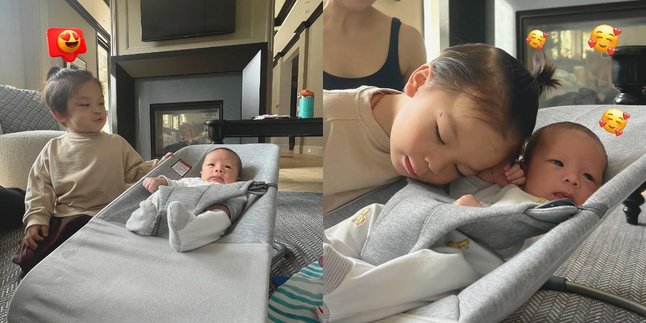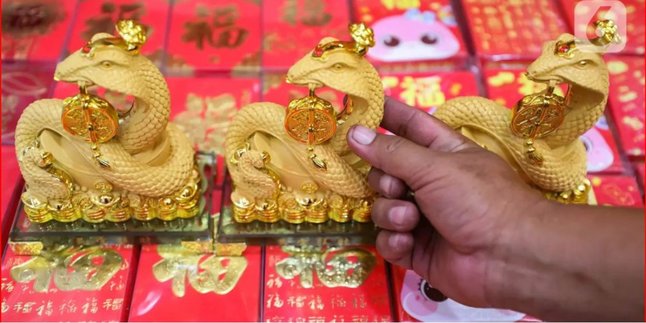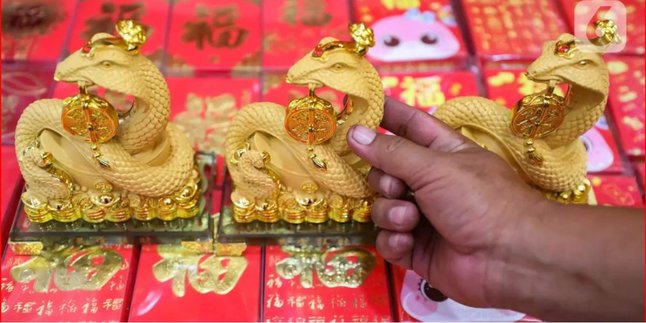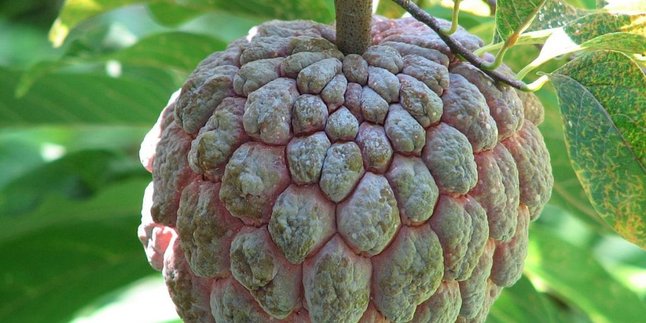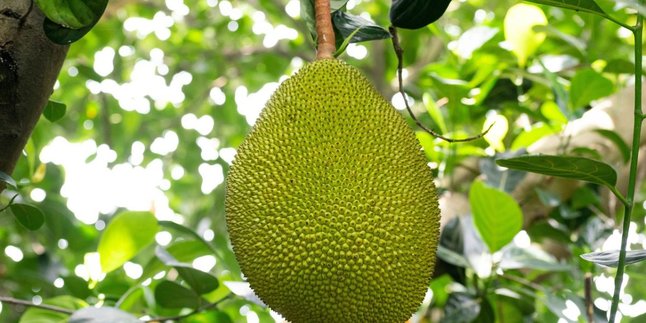Kapanlagi.com - Who is not familiar with red envelopes? These red envelopes filled with money have become an inseparable symbol of the Lunar New Year celebration. However, did you know that behind this tradition lies a history and meaning that is much deeper? The term 'angpao' comes from the Hokkien language, where 'ang' means red and 'pao' means envelope. In Mandarin, we know it as (hngbo).
The red color of the red envelope is not a random choice. In Chinese culture, red symbolizes good fortune and happiness, and it is believed to ward off negative energy. Giving and receiving red envelopes is more than just a money transaction; it is a symbol of sharing kindness, blessings, and hope for a better year.
Moreover, red envelopes also reflect love and care. This tradition of mutual giving shows appreciation and sharing happiness among family, friends, and even colleagues. The history of red envelopes is also very rich, tracing its origins back to the Qin Dynasty in ancient China.
1. The Origin of Angpao: Initially a Talisman for Children
According to RRI, angpau, which originally served as a protective talisman for children against evil spirits during the Qin Dynasty (221--206 BC), has undergone an interesting transformation. From holey coins tied with red thread to red envelopes containing money as we know them today, each change in the form of angpao reflects the passage of time without losing the profound meaning behind it.
Generally, angpau is given by the older generation to the younger, such as parents to children or adults to teenagers and those who are unmarried. However, this tradition has also extended to friendships or colleagues as a symbol of camaraderie and togetherness.
Over time, giving money in these red envelopes has become a symbol of good wishes for the recipients, with the color red believed to bring good luck and ward off misfortune. To this day, this tradition remains alive, especially among the Chinese community in various parts of the world, including Indonesia.
2. Why Must the Money in Angpao Be an Even Amount?
In Chinese culture, numbers are not just symbols, but carriers of meaning rich with beliefs. Money given in even amounts is believed to bring luck and happiness, while odd numbers are often associated with sadness and death.
Odd numbers, known as "phe pau," are considered symbols of mourning and usually appear in funeral ceremonies or condolence donations. Therefore, inserting money in an odd amount in angpao is seen as a bad omen that can bring misfortune.
On the other hand, even numbers like 2 and 8 are highly recommended; the number 2 symbolizes harmony and togetherness, while the number 8, which in Mandarin sounds like the word for "wealth," is believed to bring prosperity and abundant luck.
3. Numbers to Avoid in Angpao
Although even numbers are generally recommended, there is one number that should be avoided, which is the number 4. In Mandarin, the pronunciation of this number, "Shi", sounds similar to the word "death", making it an unlucky number to be avoided. Therefore, giving angpao with amounts like Rp40,000 or Rp400,000 can be considered bringing bad luck.
On the other hand, numbers that bring good fortune, such as Rp88,000 or Rp200,000, are highly favored because they symbolize luck and balance. Thus, to avoid misfortune, we should be careful in choosing numbers when giving angpao, so that the recipient receives abundant blessings.
4. Rules for Giving Angpao in the Lunar New Year Tradition
In Chinese tradition, giving angpao is not just about the amount of money, but it is also filled with rules that are rich in meaning. Here are the rules for giving angpao in the Lunar New Year tradition:
- Angpao is given by married individuals: In Chinese culture, a person is considered an adult when they marry, so those who are married have the obligation to give angpao to the younger ones.
- Angpao must be given directly: Entrusting angpao to someone else is considered impolite because this tradition emphasizes direct interaction between the giver and the recipient.
- White or black envelopes are not allowed: The colors white and black are often associated with mourning, so they should not be used for angpao.
- Money in angpao must be in new condition: Giving crumpled money or coins in angpao is considered impolite as it symbolizes unpreparedness and a lack of attention from the giver.
5. The Right Time to Give Angpao
During the vibrant celebration of the Lunar New Year that lasts for 14 days, the tradition of giving angpao is one of the most anticipated moments, especially during Cap Go Meh which marks the end of the New Year festivities.
Each family has a unique way of determining the timing for giving angpao; some do it during the family dinner on New Year's Eve, while others prefer to give angpao when visiting relatives in the early days of the Lunar New Year.
However, the essence of this tradition remains the same: celebrating harmony, togetherness, and bright hopes for the new year. By adhering to the values contained in the giving of angpao, this tradition will continue to thrive and hold meaning for future generations.
6. What does angpao mean in Chinese culture?
Angpao, which is usually distributed during celebrations, is not just a red envelope containing money, but a symbol of hope for good luck, prosperity, and protection from all unwanted things.
7. Why should the money in angpao be even?
In our culture, even numbers are often considered symbols of luck and harmony, while odd numbers are frequently associated with sadness and mourning.
8. Is it allowed to give angpao in small amounts?
Of course, good intentions are everything! However, it is important to remember that giving too little might be seen as not respecting the traditions that have been established.
9. What colors of angpao should not be used?
The colors white and black are often associated with the feelings of death and sorrow, creating a deep and meaningful atmosphere. When these two colors come together, they create a strong contrast, inviting us to reflect on the journey of life and the inevitable separations.
(kpl/srr)
Disclaimer: This translation from Bahasa Indonesia to English has been generated by Artificial Intelligence.
